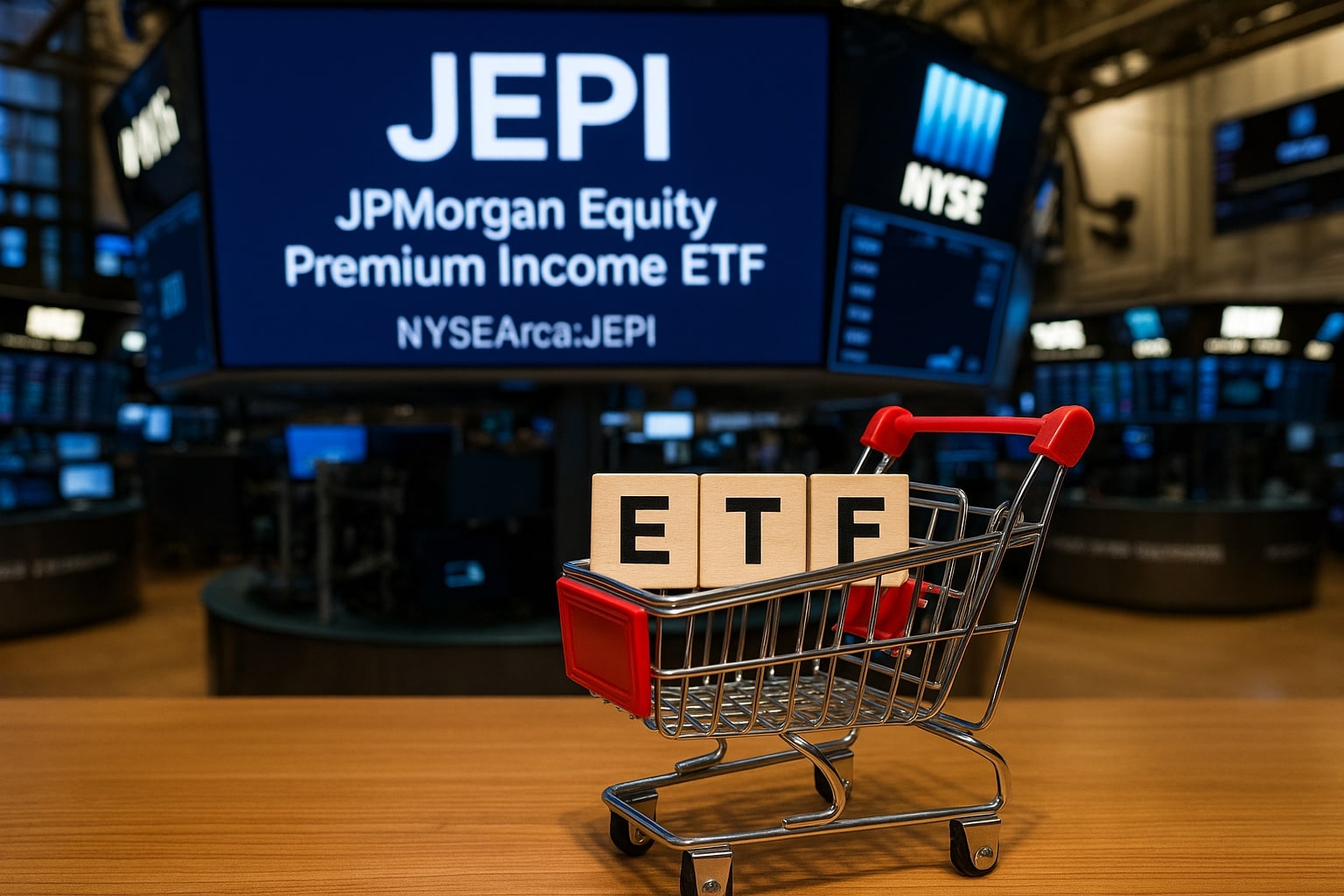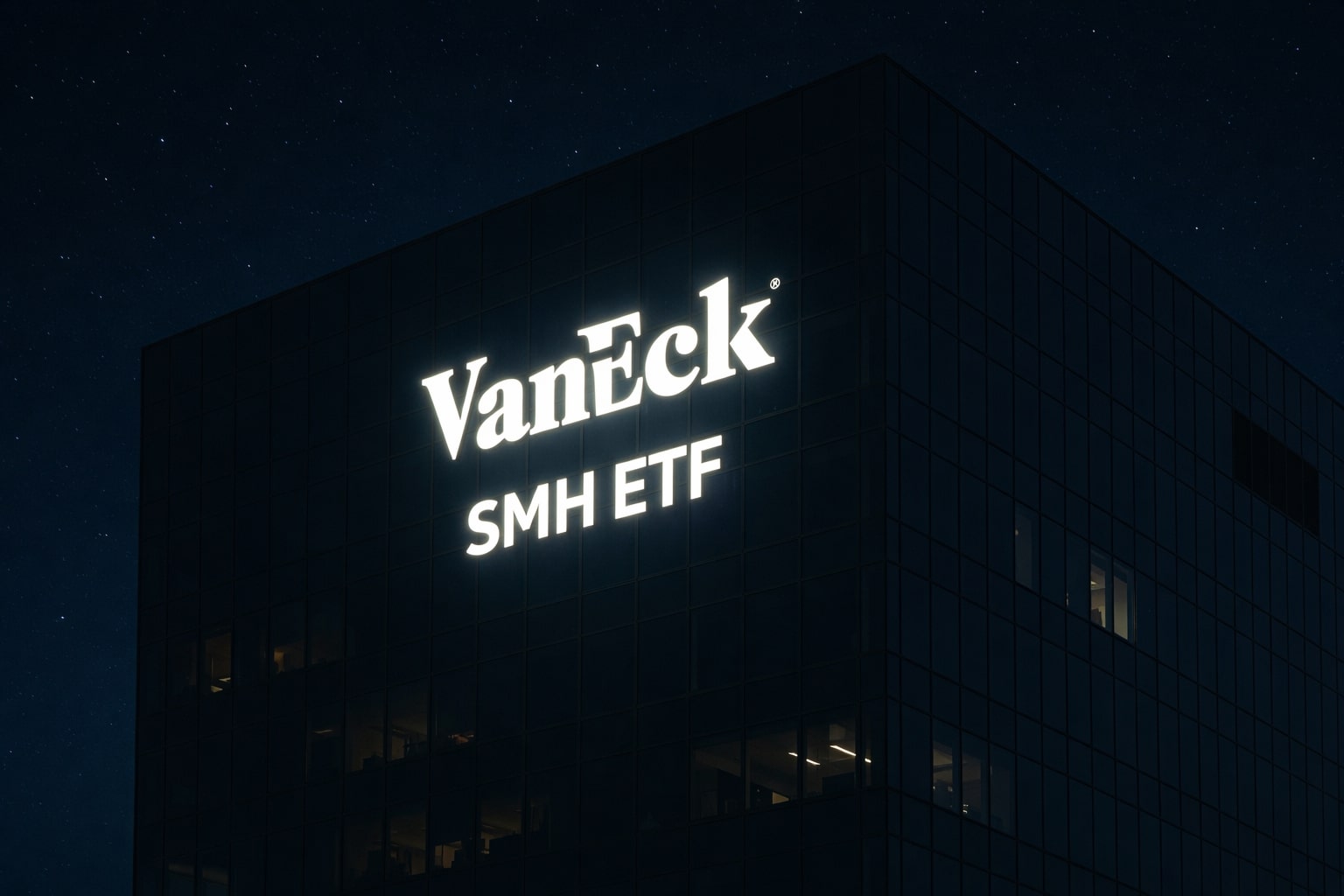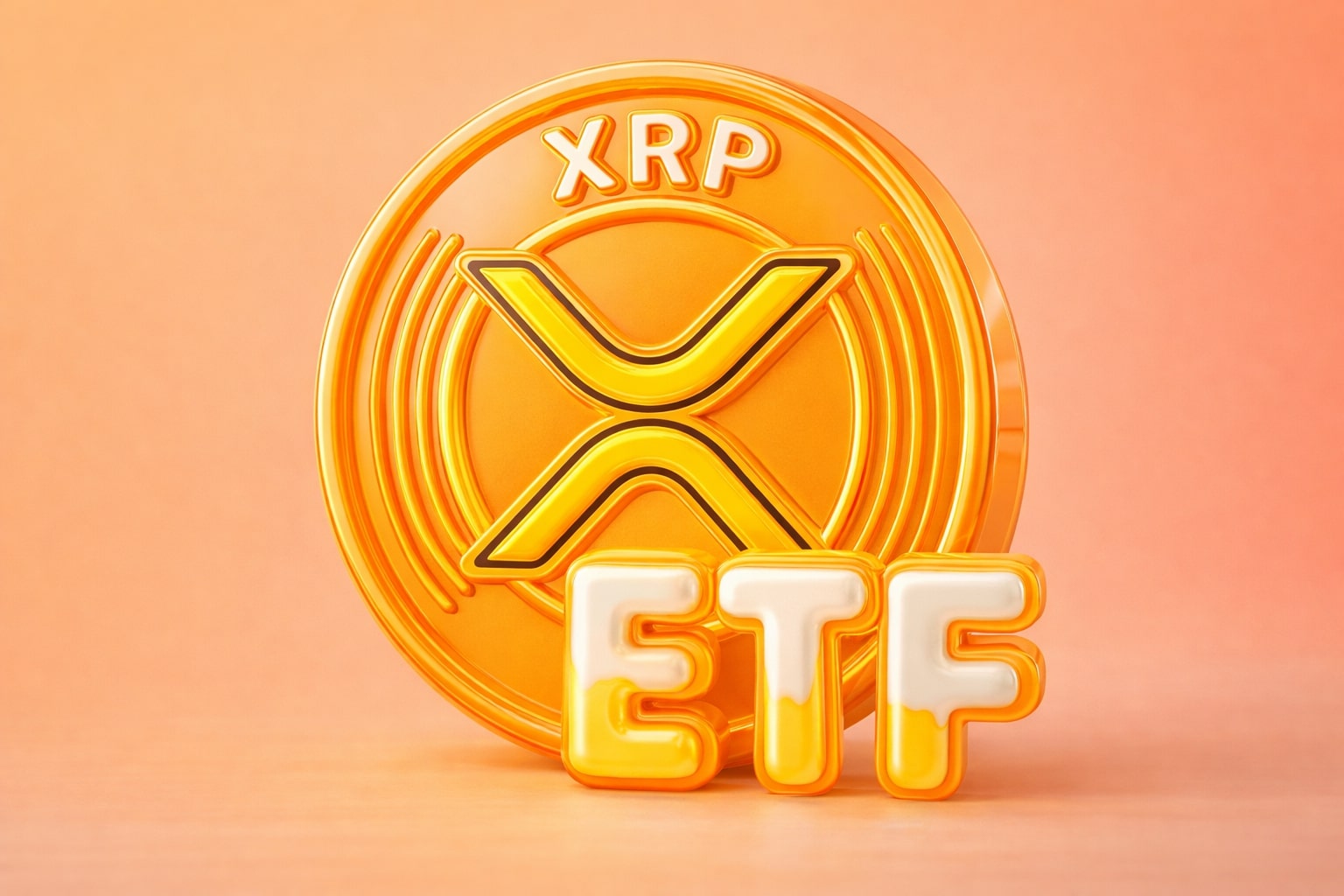Stability and Monthly Yield: The Core Engine Behind NYSEARCA:JEPI
NYSEARCA:JEPI is designed not to chase hype or tech euphoria but to deliver consistent monthly income while minimizing volatility. It accomplishes this through a highly disciplined mix of blue-chip U.S. equities and an institutional-grade covered call overlay, executed through Equity-Linked Notes (ELNs). This approach delivers a current yield of approximately 8.5%, making JEPI one of the most attractive options for income investors who value predictability and portfolio defense over growth-at-any-price strategies. JEPI is not structured to outperform the S&P 500 in raging bull markets—it deliberately sacrifices upside for dependable income, which becomes especially relevant when volatility spikes or indexes flatten.
ELNs vs. Traditional Covered Calls: The Institutional Advantage
JEPI’s option strategy isn’t built on manually managing hundreds of covered calls, which would create substantial trading friction. Instead, it deploys Equity-Linked Notes, a more scalable derivative structure engineered by JPMorgan to extract premium income across the market index. These ELNs mirror the income mechanics of traditional covered calls but operate with far greater efficiency. The result: steady distributions without exposing the fund to Return of Capital (ROC) tactics that weaken long-term NAV integrity. Over 130 hand-picked stocks—ranging from consumer staples to industrials and low-beta tech—act as the core equity engine, while the ELNs extract income from the volatility environment.
Portfolio Construction: Built for Income and Lower Beta
This is not a passive index ETF. JEPI’s managers dynamically rotate its holdings, ensuring sector diversification and quality bias. Tech exposure remains capped near 20%, a far cry from the one-third dominance it holds in the S&P 500. Instead, industrials (~14%), consumer staples, and healthcare dominate. The top 10 holdings make up just 16% of the portfolio, effectively minimizing concentration risk. The portfolio's beta of 0.57 confirms its muted correlation with high-volatility peers and positions it as a shock absorber during market downturns.
Volatility Buffering in a Geopolitical Minefield
With macro tensions—such as the Israel-Iran conflict—and renewed tariff volatility from U.S.-China trade policy, JEPI’s structure gains relevance. In April, as the VIX spiked to 60 amid tariff fears and market panic, JEPI weathered the downturn better than many growth-centric ETFs. The fund's ELN-driven premium collection grows as implied volatility rises, creating a natural income hedge. Even though it participates in downside, the combination of lower beta and income stream offers a cushion. This behavior underscores why JEPI becomes more valuable during geopolitical stress.
JEPI vs. SPYI, KNG, and JEPQ: Navigating the Covered Call Landscape
Compared to SPYI, which simply overlays calls on the S&P 500 without filtering holdings, JEPI’s curated stock selection provides a better defense. SPYI is more market-sensitive and often declines harder in pullbacks due to full equity exposure. On the other end, KNG is ultra-conservative—investing in dividend aristocrats with less aggressive option writing—but pays lower income. JEPI positions itself perfectly between them, offering greater yield than KNG and less volatility than SPYI.
Then there’s JEPQ, JEPI’s NASDAQ-100 cousin. Despite higher yield potential, JEPQ is more exposed to tech risk and earnings volatility. Given current market overvaluation—Buffett Indicator at 200%, S&P 500 P/E at 28x, and Shiller P/E at 36—JEPI’s more conservative stock base makes it preferable. The downside risk in NASDAQ-heavy JEPQ is significantly greater, reducing the effective benefit of higher income.
Taxation and Account Placement: Ordinary Income Caveat
All of JEPI’s distributions are taxed as ordinary income, lacking the benefits of qualified dividends or ROC-based reductions. Investors should prioritize holding JEPI in tax-advantaged accounts like IRAs or 401(k)s. In taxable accounts, the 8%+ yield may come at the cost of higher April tax liabilities, something not all passive investors anticipate. While the fund’s internal expense ratio is 0.35%, it remains cheaper than many active-income ETFs and offers better structural integrity due to its ELN strategy.
Yield Mechanics: Monthly Payments Without Sacrificing NAV
JEPI's monthly dividend is not fixed, but highly stable—ranging from 7% to 8.5% annually, depending on market volatility and stock dividend payouts. This creates predictability for retirees or income-focused investors seeking regular cash flows. Unlike many income funds that dilute NAV through ROC, JEPI’s yield is purely generated through equity dividends and ELN premiums. During calm markets, premiums may shrink slightly, but as volatility increases, the income potential rises—offering a naturally adjusting mechanism that tracks macro conditions.
Valuation and Risk: Not Undervalued, But Still Strategic
At a P/E of just under 21, JEPI trades in line with the S&P 500. There’s no value discount, but valuation isn’t the story here—it’s income and protection. Investors should not expect capital appreciation to mirror SPY or QQQ. Instead, the fund shines when equity markets churn or flatten, especially when bond alternatives still offer limited yields. Risks include sharp drawdowns where even ELNs can’t protect NAV and the small but real issuer risk of JPMorgan’s structured product execution. These are tolerable trade-offs for long-term income investors.
Technical Setup and Investor Sentiment
Following its April low, JEPI rebounded and now trades above its 50-week moving average, showing renewed momentum and resilience. While it lags pure equity ETFs in bullish breakouts, its price stability plus monthly cash deposits often lead to smoother equity curves, especially for DRIP investors. JEPI’s consistent volume and low bid-ask spread confirm its strong institutional and retail demand.
Strategic Allocation: Who Should Own JEPI and How to Combine It
JEPI is ideal for income-focused investors, particularly retirees, conservative asset allocators, or young investors looking to smooth a high-yield portfolio’s risk. It can work as a core income anchor, paired with more aggressive yield plays (e.g., REITs or BDCs) or as a stabilizer alongside S&P 500 or NASDAQ growth ETFs. The key is understanding that JEPI offers income-first exposure with downside buffering, not moonshot capital appreciation.
Final Rating for NYSEARCA:JEPI
Based on yield stability (~8.5%), lower beta (0.57), professional option execution via ELNs, and defensive sector allocation, NYSEARCA:JEPI is a BUY for investors seeking high monthly income with reduced volatility exposure. The ETF is not suited for growth chasers, but for those valuing consistency, tax-advantaged income streams, and resilience against unpredictable macro shocks, JEPI remains one of the best-engineered solutions in the covered call landscape.



















